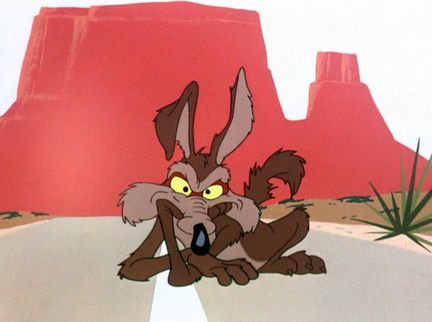

The many tracking shots of Danny riding his tricycle through the hallways of the Overlook Hotel suggest the entrapment, loneliness, and sexual temptation surrounding the young boy isolated in a hotel in Ingmar Bergman’s The Silence (1963). Manager Ullman brags about the Overlook’s guests. But here it is in juxtaposition with an image representing the Native Americans upon whose graves the Overlook was built. The Shining echoes the smug aristocratic self-appraisal in Barry Lyndon (1975), “All the best people,” through the Overlook Hotel manager’s identical description of the hotel’s history of powerful and wealthy guests. The first image of A Clockwork Orange (1971) is a gloomy challenge to the last image of 2001. Strangelove (1964) references Lolita and 2001: A Space Odyssey (1968) references Dr. The first sequence of Lolita (1962) includes a threefold reference to Spartacus (1960).
#Stop look and hasten series
In a reference to The Killing (1956) in that film a horse is frightened by a motorcycle, beginning a series in subsequent films, including The Shining, of references to menacing oppositions of animals and machines. Starting with Paths of Glory (1957) Kubrick’s references to his own films have always been substantive and thematic in content. Substantive and thematic self-reference in Kubrick’s cinema And it is highly autobiographical, referencing Kubrick’s eastern European Jewish family origins and his own lifelong movie-watching that began during his New York City childhood in the 1930s.

Appropriate for its genre, The Shining is, moreover, Kubrick’s most concentrated portrait of individual and institutional human evil. It demonstrates that underneath the narrative of the film such references comprise elements of an indirect discourse - also served by Kubrick’s habitual deep focus and found music - on family and history. 4 The present essay focuses on Kubrick’s references in The Shining to his own films and those of other filmmakers.

1 In this regard The Shining (1980) has itself been the subject of considerable attention in terms of film genre theory, 2 literary adaptation, 3 and transcultural appropriation. Personal Rating: 4 Categories Cartoons from the 50's, Chuck Jones, Merrie Melodies, Wile E.Much has been written about the intertextual richness of Stanley Kubrick’s cinema both in and of itself and in terms of its influence on other filmmakers. The Roadrunner spells out “That’s all Folks” in his dust. (good thing roadrunners can fly)Īs a last resort, he chugs down some leg vitamins and now he can catch up to the bird, but of course just as he is about to catch it, the wall from earlier pops up.

#Stop look and hasten free
(Watch the handle, it changes color) Getting the bird to stop for some free bird seed, he tries the classic saw around prey, and whole bridge falls gag. The chase continues onto the railroad where he gets creamed by a train, and when he decides to use a detonator, he blows himself up. A tiger trap only catches a tiger (obviously) and when he tries a steel wall that will pop out of the ground, the stupid thing gets stuck. A boulder just falls on him and a snare trap gets him a truck. Then his dream lunch runs by and new ideas swarm in his head. 365 days of this blog! One more until the first anniversary!įood is scarce in the desert, so the coyote has to make do with flies and old cans.


 0 kommentar(er)
0 kommentar(er)
